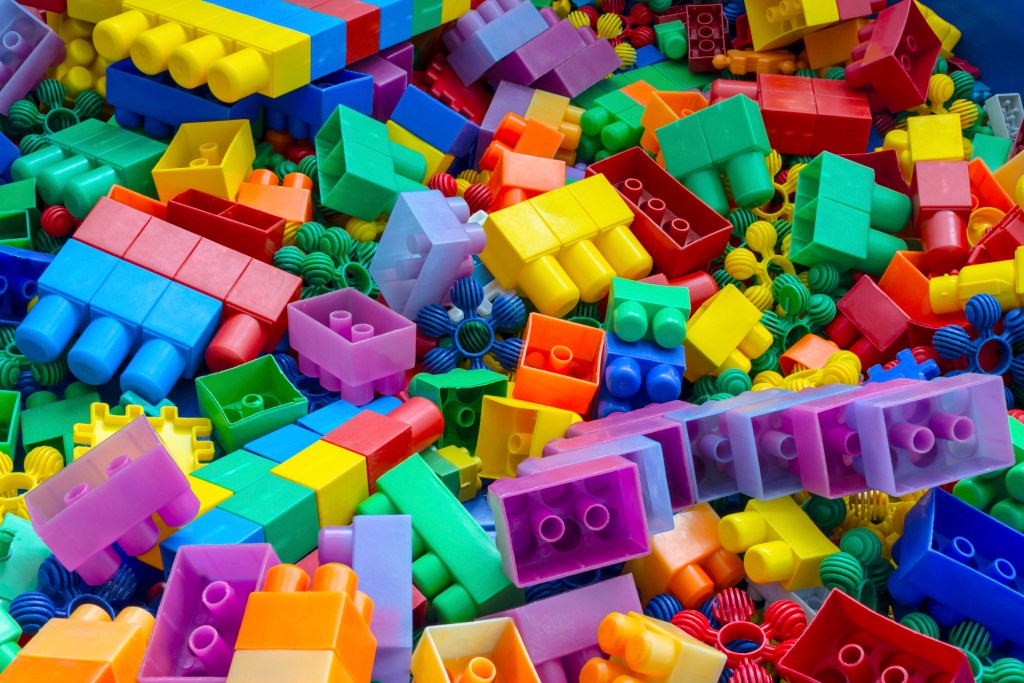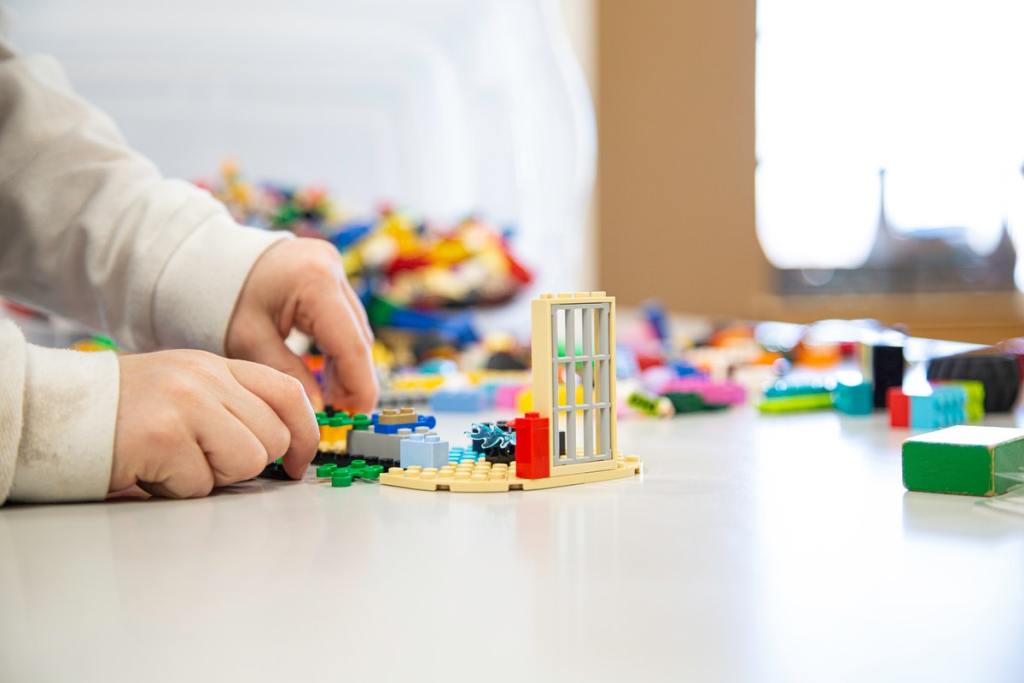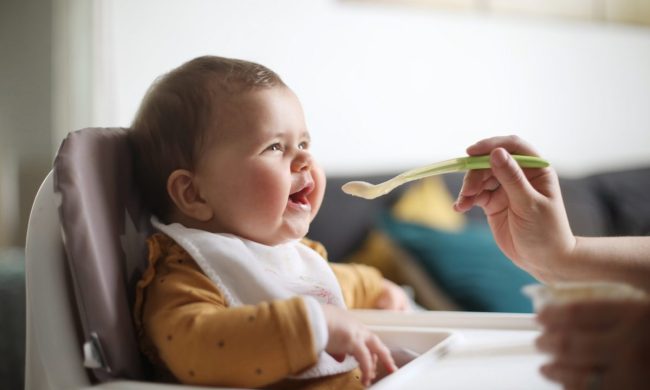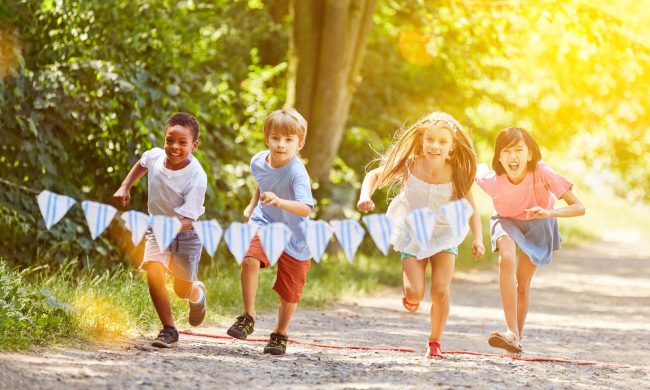There are so many toys for kids that it can be hard not to get sucked into the newest fad. And what always happens? Your kid likes it for about a week and then wants something else to play with. Do you know what your kid never says no to? LEGOS. What does your child never get tired of? LEGOS. What has endless possibilities for your toddler? LEGOS. While playing with LEGOs is something everyone knows how to do, it’s their benefits that few are aware of.
But does playing with LEGOS actually benefit your child? Does your toddler get anything out of building with LEGOS other than giving you a few minutes of peace and quiet? Yes! LEGO play is great for your child’s development. Let’s check out ways your toddler will get physical and mental perks out of building with LEGO Bricks.

Brain benefits of LEGOS
- Improves cognitive thinking
- Stimulates brain development
- Improves spatial awareness
- Increases dexterity
If all of that sounds amazing – it is. Playing with toys doesn’t mean your toddler can’t also strengthen their brain. Have you ever tried to put together some of those larger LEGO kits? You use every brain cell you have, don’t you?
Working with LEGOS will help your little one develop a stronger spatial sense. A director of research at Johns Hopkins, psychologist Amy Shelton, agrees that LEGO play will help your child hone this trait. “When kids are building with blocks and LEGOs, they’re using spatial reasoning skills,” she says.
Letting them create 3-D masterpieces will mold those minds into understanding how the space around them works. It will allow your toddler to work on those much-needed hand-eye coordination skills.
Straight for STEAM
It doesn’t matter if your child is going to become a mathematician when they get older, but if they are, LEGO can help get them there. Understanding patterns, symmetry, and problem-solving early on can build the foundation for a career in the STEAM fields.
Your child learning how to create and even change their immediate world is a perfect base for an engineer. Even if your toddler gets a little destructive – that’s fine. Not everything an engineer builds stays put on the first try.

It boosts their self-confidence
Have you noticed how your little one’s eyes light up when they finish their creation? They are so proud of what they did. Then they have to run to you, grab your hand, and drag you to see so you can celebrate with them.
This helps them build self-confidence, self-worth, and self-belief. Your toddler needs to have self-love from the beginning. It will help them be more independent as they get older and know they can rely on themselves at all times.
They learn patience and how to follow directions
The LEGO kits have those great step-by-step pictures so your toddler can follow along with what to do next. But if you’ve ever tried to do one of those 1,000-plus piece sets, you know sometimes those pictures don’t help or make any sense.
Your toddler will learn how to read the directions (even if it’s only pictures – it counts) and follow them step by step. And if your kid messes up and has to go back and redo a few parts, they will learn how to have patience in correcting their mistakes.
It tickles their creativity
Take those directions away. Those are only fun to follow the first time anyway. Letting your toddler freely play with LEGOS can boost their imagination. Kids have to let their imaginations run wild. They have to tap into their creative side. It’s also an awesome way for them to express themselves.
LEGO sets can be works of art, fun patterns, and tell a story that your toddler wants you to know. No matter what they tell you they created, even if you can’t see the vision, make sure you tell them that it’s the best one that you have ever seen.

It gets them to play nicer with others
Toddlers are not known for their sharing skills. Dr. Zhen Wu, Assistant Professor at the Department of Psychology at Tsinghua University, says children need the stimulation that comes from constructive play. A child who plays with LEGO with others will learn how to speak up, express what they want, and be a better communicator. Working on a LEGO set together with another child will also foster that sense of teamwork.
“Gradually, they also learn to cooperate with others; taking turns, playing games, devising contests, and resolving peer conflicts. All of these perform a vital role in children’s developmental outcomes” states Dr Wu.
Even if a child is playing by themselves with the bricks, they can still sharpen their social skills. They will use their imagination to fill in a backstory about their creation. That still has your kid building an understanding of language.
We know LEGOS aren’t the cheapest toys out there. But buying a few kits is better than spending a bunch of money on toys that your toddler will be over playing with before you throw the packaging away. So, while LEGO Bricks might be your foot’s worst nightmare, those bricks should be your toddler’s best friends.
The benefits of LEGOS covering the range from brain development to teaching your child how to be more social can’t be overlooked. There’s a bit of something magical in those blocks. And anything that keeps a toddler occupied while you can make a cup of coffee is the best kind of magic.



